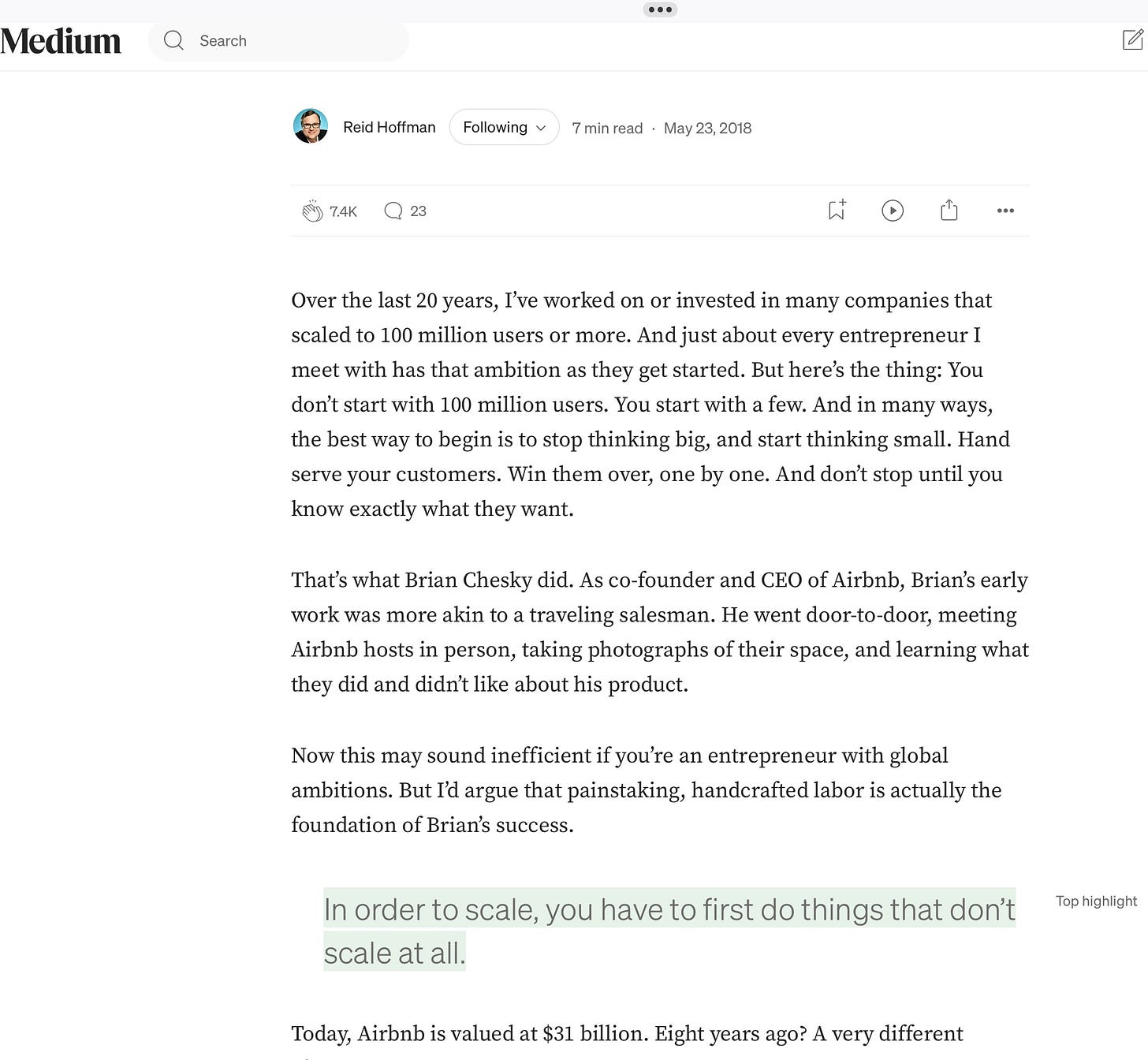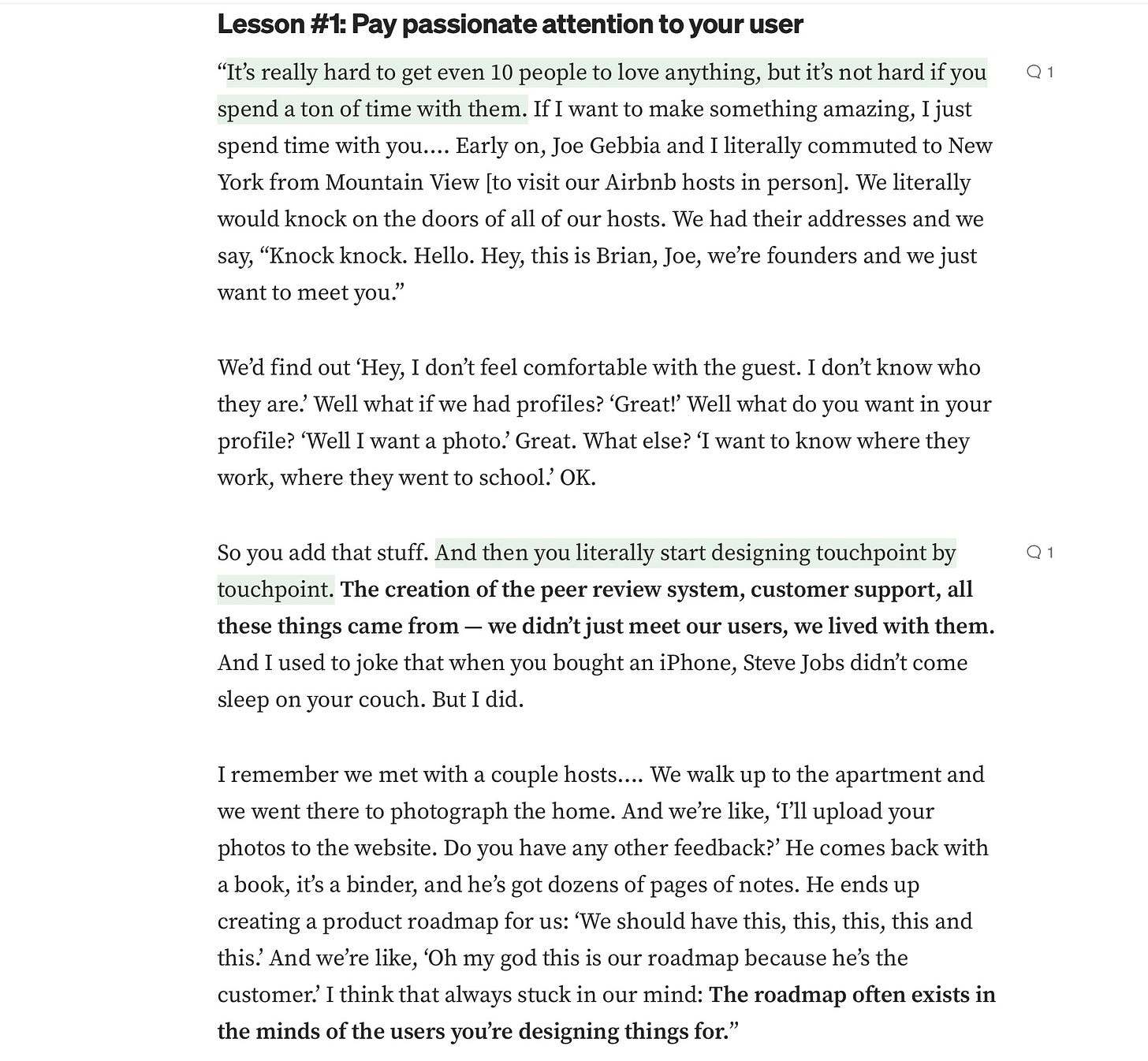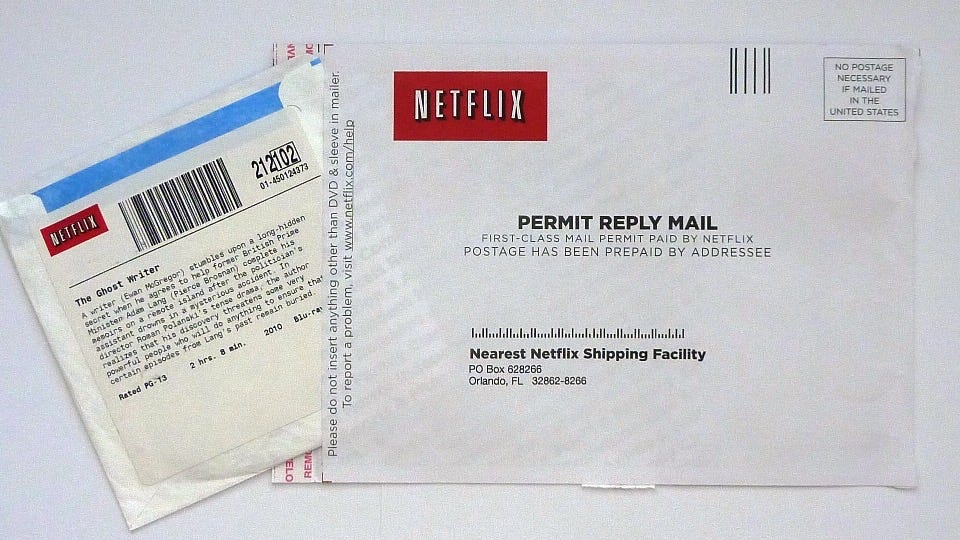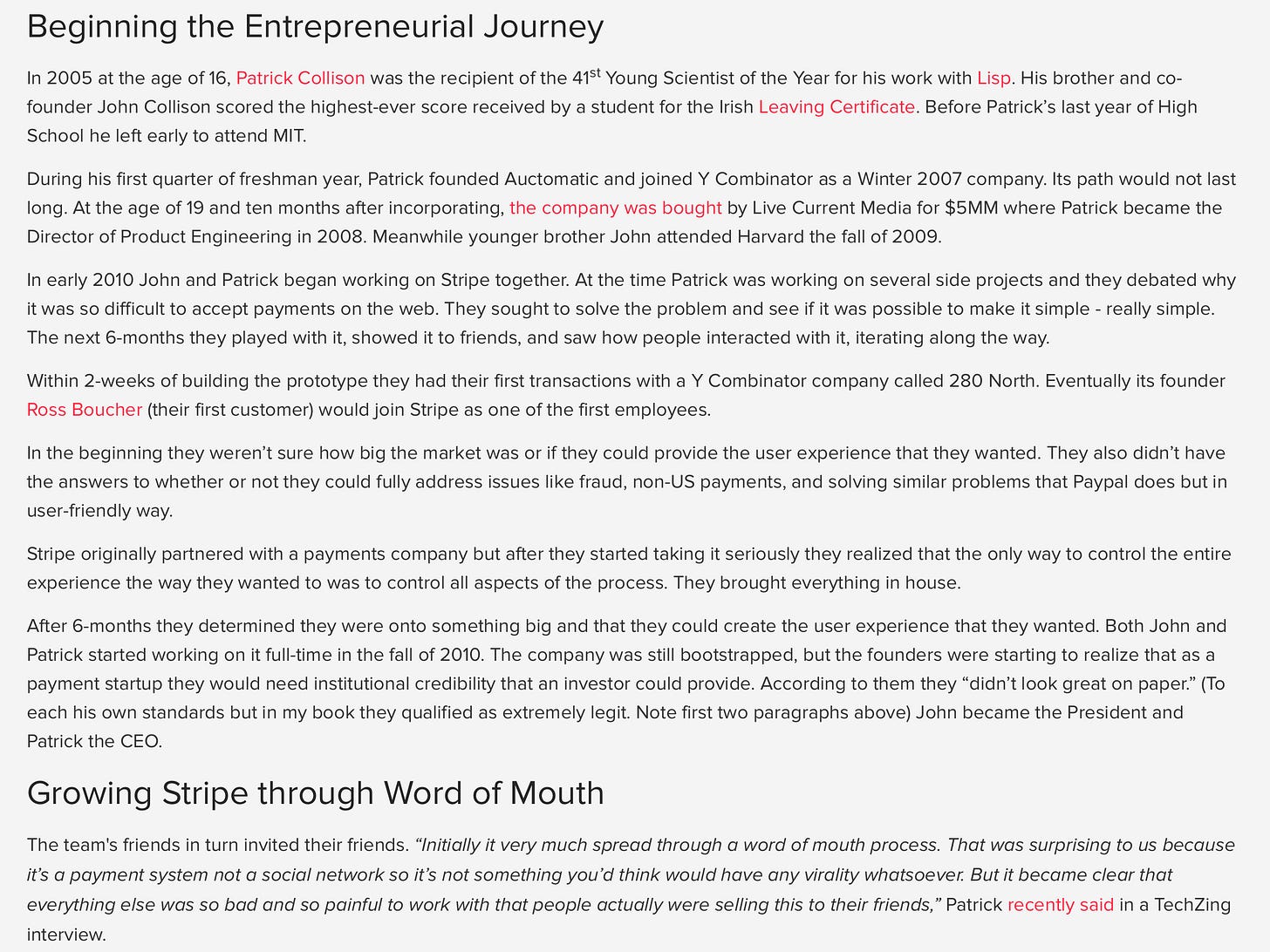Fire! - Aim - Ready?
What's your leadership style? - Why Fire-Aim-Ready works early, Why it fails later and how to balance both when scaling.
What Is Your Leadership Style?
When I say “Ready-Aim-Fire” what kind of leader comes to mind?
Careful? Measured? Strategic? I hear you adding your own synonym here!
Now, when I say “Fire!-Aim-Ready?” - who are you thinking about?
I’m betting it’s your founder/CEO running fast, proud of breaking things, equating firefighting with adding value.
Both styles have their place. The trick is knowing which one to use, when to use them, and when you absolutely must evolve.
The Fire!-Aim-Ready? Founder
Fire-Aim-Ready is the hallmark of most successful early-stage startups.
Why? Because in the early innings, speed of learning beats precision.
Before product-market fit, no one has the answers; not you, not your investors, not your customers. The only way forward is by a rapid cycle of launching, learning, and course correcting. You fire, then aim, then figure out if you were ever ready.
Besides Reid, there’s Brian Chesky and Airbnb.
They launched during the 2008 financial crisis, maxed out credit cards, and manually built their way step-by-step from experimentation to data to learning to building a better foundational product. When bookings weren’t growing, they didn’t wait for market research; they flew to New York, knocked on doors, and photographed listings themselves. Fire. Aim. Learn. Repeat. Their hands-on hustle helped them realize the problem wasn’t the concept...it was the photos!
Reid wrote about this 6 years ago in his own blog that I saved in my Best Of’s:
My own experience as we launched Netflix in 1997 (DVD Rentals). Yes, below is one of our very first envelope designs. No, it wasn’t red…yet. We/I were definitely “Firing” on envelope design.
Below is version 50 or so….as we “Aimed”.
It took us 150+ versions to be “Ready”.
We “FIRED”…a lot…every day…every week. We definitely aimed and course-corrected constantly. Our culture of experimentation and versioning everything is foundational to how great companies discover the winning model.
This kind of “fire-first-leadership” is messy, instinct-driven, and all about execution.
But it’s also required when you’re in the innovation, pre-product market fit stage.
When Fire-Aim-Ready Works
Pre-product market fit.
Building a new product or category.
Rapidly innovating and learning over short cycles.
Use When:
Speed of learning needs to be prioritized over quality.
Decisions can be course-corrected.
Certainty is low.
Customers don’t yet know what they want or have expectations you’ve created.
Shopify Example
In 2004, Tobi Lütke and his founding team started Snowdevil, an online snowboard shop. They used Ruby on Rails to build the website for the company. By 2006, they realized they ended up actually building a better e-commerce platform.
That’s such a familiar story for me personally, having seen it so many times before in Silicon Valley. I realize many readers may have heard these stories before, but many of our younger readers (e.g., 2004!) haven’t, so I’m putting it out there again so the next generation of founding teams can have their own “aha” moments.
Amazon’s AWS
Amazon’s AWS was first developed in the 2002-2003 era, very similar to Shopify. The first version of “AWS” was built 100% out of internal Amazon necessity. AWS was not an external product at all, nor was it intended to be when it was developed. Amazon was simply trying to build an internal 3rd party e-commerce marketplace as a response to the Dot Com crash of 2000-2001.
In 2002, internal Amazon engineers were frustrated with the challenges of scaling the rapidly growing Amazon e-commerce platform (images, text product descriptions, changing pricing, 1-click buy buttons, etc).
So they built their first internal product, EC2 (Elastic Cloud Compute), and followed it quickly with S3 (Simple Storage Service).
By 2006, these internal systems worked so well, they had “excess server capacity” and in a stroke of genius, Bezos decided to experiment with selling the excess capacity of AWS servers to the outside world…and AWS as we know it was born.
The external developer ecosystem loved being able to spin up a server on a web browser, the same way Amazon’s internal engineers loved it. Today, the AWS business segment alone is worth nearly $30B.
Had AWS tried to “Ready, Aim, Fire”, it might not ever have launched or certainly launched too late.
Stripe
In 2010, John and Patrick Collison were frustrated with the complexity of payment solutions and integrating code into e-commerce. So they built a much easier “code” that mimicked the “Stripe” found on the rear of every physical credit card and eliminated the need for a physical card.
Aim-Fire-Ready: When You Need To Evolve
At some point, startups hit product market fit, and the problems quickly shift to scaling and growth… not whether the dogs are going to eat the dog food.
Here’s your easter egg for the week: Before we named the company Netflix in 1997, the name of the company was “Kibble” - as in….
“Will the dogs eat the dog food?”…one of CEO Marc Randolph’s favorite axioms.
Once you hit product market fit, quality, repeatability, and consistency become priorities over quick innovation and new feature releases.
This is when you need to recognize that what got you here isn’t what is going to get you to the later stages. You need to scale operationally just as fast as you innovated early product designs and feature additions.
If you don’t change at this point and continue to Fire! Aim Ready?, you now run a large risk of your customer-facing operations becoming a huge liability.
Aim - Fire - Ready takes priority in this post-product-market fit stage. The operational bias here is to “Aim” first by cross-checking and double-checking your next critical customer-facing design choice. Whether that’s a new information intake system, a return of merchandise system, or an A/R invoicing system.
You are still learning at this stage, but much more targeted learning by “Aiming” before you “Fire”. Here is where you turn opinions into operational data and then into insights and the next “Aim Point”. To be clear, you still aren’t fully “Ready”…that’s ok.
Post Product Market Fit feels like this:
You’ve proven that the product strategy and customer adoption are working.
You now need better internal systems and structures.
You need to execute with quality and consistency as priorities.
“Strategy without proper systems and org structures will fail. Execution without the proper systems, org structures, or strategies will fail harder - Jim Cook (me) to my team circa 2005.”
Does this sound familiar?
As a founder, CEO, or executive, your forecasting accuracy is starting to bleed money and investor confidence. Guess what, it’s time to focus, prioritize, and start “Aiming” before “Firing” off the next hope and prayer.
When the operational systems your early-stage directors and VPs built have now hit capacity and customer complaints are escalating, it’s time to shift. Here is where you must pivot engineering resources into your internal customer-facing operational systems vs your external customer features.
When your internal teams are pointing fingers at each other and are out of alignment, it’s time to shift. It’s time to re-center your team on 1st Principles and your North Star Purpose.
Great founders, great founding teams, and great executives recognize when this shift needs to happen and actively influence their Founder(s) and CEO’s to shift gears, not allowing them to keep talking you into early-stage “Founders Mode”. By all means, don’t stay silent if this post is hitting home.
It may be really uncomfortable to challenge your founder or CEO, but ask any 2nd, 3rd, or multi-time executive how much more uncomfortable and painful it is to stay silent at this stage.
Aim-Fire-Ready Becomes Required:
Post-product market fit
Scaling teams with proper org structures and customer operations
Laying the foundations for board-level governance, external partnerships, or international expansion
When mistakes and “do-overs” become much more expensive and damaging
When execution risk outweighs exploration/innovation risk
When you need repeatable processes that scale with “good enough” quality
Are You Ever “Ready”? Why not just start with Ready?
The short answer is “No”. In a startup, you are never truly “Ready”. Trying to be precise or perfect almost always means you are going too slow. Speed matters when scaling startups.
You likely won’t start prioritizing “Ready” before “Aiming” until a few years post-IPO or once you’ve become a $1B+ private company operating like a public company. Even here, where “Ready?” takes priority, make sure to carve out enough innovation “firing juice” internally to ensure a Fire-Aim-Ready culture still exists to avoid getting disrupted by the next startup nipping at your market leader's heels.
Your Leadership Challenge
Check in with your executives and objectively evaluate if you’ve stayed in the all too comfortable, founder familiar, muscle-memory, Fire-Aim-Ready mode too long.
What stage is your company really in? Experimentation, innovation, or scale?
Are you still firing when you should be aiming?
Is firefighting (from too much “firing”) inside your company getting out of control?
Which departments in your company or on your teams need to be in which mode?
If you want to be IPO “Ready” someday, you must make this shift to enable you to scale from post-product market fit to a growing late-stage company.
Stay tuned as I will be following this up with a Paid Subscriber Post going in-depth with a “CFO Sidebar” - focusing this framework on just CFOs with CFO pro-tips on how to use this. So by all means, subscribe! So you don’t miss it.
Subscribers also make sure to check out the Substack Notes / Activity Feed feature, I’ve been using that a lot more lately in between these weekly posts for quick hit “Best Of’s.” I’m also trying to get the “Chat” section going between posts. Let’s Go!












